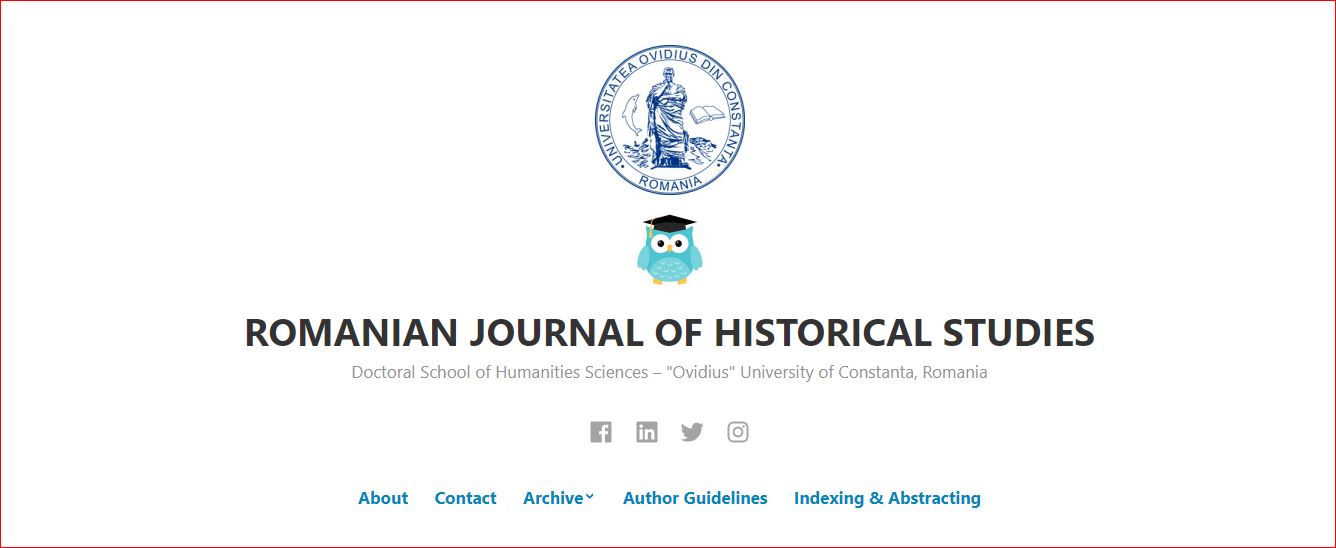THE IDENTITY OF THE TERRORIST IN THE CONTEMPORARY WORLD
THE IDENTITY OF THE TERRORIST IN THE CONTEMPORARY WORLD
Author(s): Mariana-Ana BulmezSubject(s): History, Diplomatic history, Social history, Recent History (1900 till today)
Published by: Ovidius University Press
Keywords: propaganda; manipulation; “lonely wolf”, fanaticism; intolerance;
Summary/Abstract: In 1947 Yasser Arrafat, Chairman of The Palestine Liberation Organization, declared for the United Nations General Assembly: “The difference between a revolutionary and a terrorist resides in the motives for which each of them fights. For whoever stands by a just cause and fights for the freedom and liberation of his land from the invaders, settlers and colonialists cannot possibly be called terrorist”. Unfortunately, the terrorist does not make the difference between legal and illegal as far as his actions are concerned, and the moment he integrates his action into a story, everything becomes much more dangerous. Using propaganda, Ben Laden proved to be a very dangerous and subtle adversary as he found the perfect means to promote his image in the Islamic world: the sickly fragility, gentle gestures, the austere background of his dwellings, the caves, the tents, all of whom made reference to the Prophet Muhammad’s route from Mecca to Medina, and which were perfectly adapted to the profound religious asceticism that made the faithful perceive him as a new, authentic prophet as well as a martyr for Islam. Therefore, the aim of this study is to portray the terrorists in the contemporary world through the prism of the factors that influence their behavior, including: religious fanaticism, poor education, demographic explosion, lower proportion of socio-economic insertion of the young population.
Journal: Romanian Journal of Historical Studies
- Issue Year: 2/2019
- Issue No: 2
- Page Range: 1-8
- Page Count: 8
- Language: English

